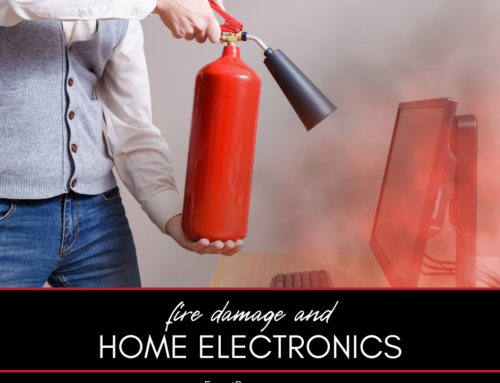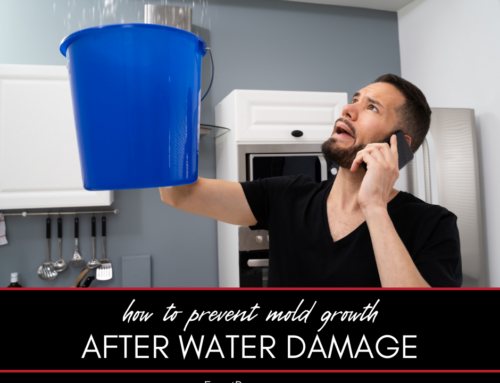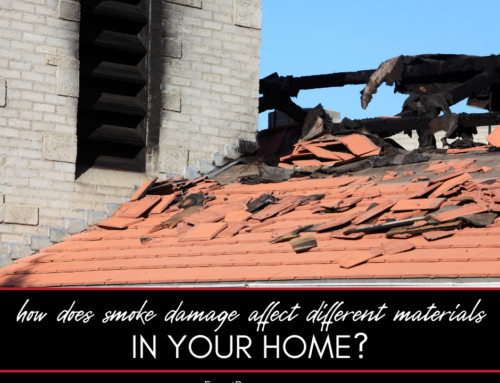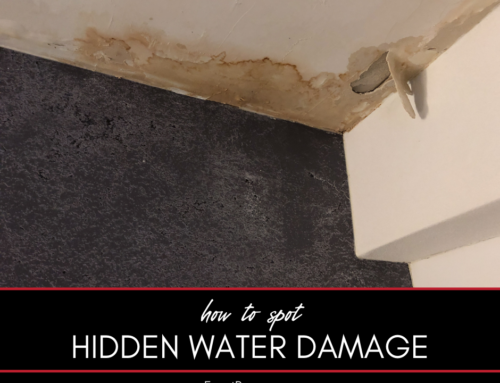
Using appropriate technology is crucial in effectively managing home restoration after disasters like flooding or fires. Understanding these technologies, such as fans, portable heaters, thermal foggers and dehumidifiers, can help homeowners grasp the restoration process and set realistic expectations.
The Technology Behind Effective Disaster Restoration
This guide explains the following:
- The role of industrial-grade fans in disaster restoration
- How dehumidifiers aid in drying and moisture control
- The importance of air scrubbers in air quality management
- Moisture detectors for accurate assessment
- Portable heaters for targeted drying
- The use of cleaning and sanitizing equipment
- Planning and coordination through digital tools
Here’s a closer look at each.
The Role of Industrial-Grade Fans in Disaster Restoration
Industrial-grade fans play a critical role in the restoration process, especially in cases of water damage. These powerful fans are used to circulate air and expedite the drying process, helping to prevent mold growth and additional water-related damages.
Related: Everything you need to know about disasters
How Dehumidifiers Aid in Drying and Moisture Control
Dehumidifiers are essential for removing excess moisture from the air in water-damaged homes. By maintaining optimal humidity levels, dehumidifiers help in drying out materials more quickly and preventing the growth of mold and mildew.
The Importance of Air Scrubbers in Air Quality Management
Air scrubbers are used to improve indoor air quality following disasters. They remove airborne particles, contaminants, and odors, ensuring a healthier environment during and after the restoration process.
Moisture Detectors for Accurate Assessment
Moisture detectors are critical tools for assessing the extent of water penetration in various materials. They help in identifying hidden moisture pockets, ensuring a thorough drying process.
Portable Heaters for Targeted Drying
In colder environments or specific situations, portable heaters can be used to facilitate the drying process. These heaters help in evaporating moisture more quickly from affected areas.
Related: Burst pipes, basement floods and other types of water damage
The Use of Cleaning and Sanitizing Equipment
Effective cleaning and sanitizing equipment are vital for restoring a home to a safe and clean state. This includes pressure washers, steam cleaners, and disinfectant sprayers to address various types of contamination.
Planning and Coordination through Digital Tools
Even smaller-scale disaster remediation companies utilize digital tools for efficient planning and coordination. Software solutions can help in scheduling, resource management, and communication with homeowners.
FAQ About Technology in Disaster Restoration
How Long Do Fans and Dehumidifiers Need to Run?
The duration depends on the extent of the damage. It can range from a few days to several weeks for complete drying.
Are Air Scrubbers Necessary in All Disaster Restorations?
Air scrubbers are particularly important in fires or when contaminants are present. They may not be necessary in all water damage scenarios but are beneficial for maintaining air quality.
Can Moisture Detectors Prevent Future Damage?
Yes, by accurately identifying moisture, these
detectors help in ensuring all affected areas are properly dried, preventing future issues like mold growth and structural damage.
Is Special Training Required to Operate This Equipment?
Professional remediation teams are trained in the proper use of this equipment to ensure safety and efficiency. Homeowners should not attempt to use industrial-grade equipment without proper knowledge and training.
How Do Digital Tools Enhance the Restoration Process?
Digital tools help in better scheduling, tracking progress, and maintaining clear communication between the remediation team and the homeowner. This leads to a more organized and transparent restoration process.
Related: How to prepare for Michigan’s storm season
In conclusion, understanding the technology used in disaster restoration, especially by smaller-scale companies, is essential for homeowners dealing with property damage. Tools like industrial-grade fans, dehumidifiers, air scrubbers, and moisture detectors are crucial in effectively managing the restoration process. Coupled with the right expertise and digital management tools, these technologies ensure that homes are restored safely and efficiently after a disaster. Remember, while these tools are powerful, the expertise of the professionals operating them is just as important in achieving a successful restoration.
Do You Need a Disaster Remediation Expert in Washtenaw County or Jackson County?
If your home has already been damaged, we can help. Check out our services and call Exact Recon for your free disaster remediation quote today. We offer:
- Water damage restoration
- Fire damage restoration
- Mold removal and remediation
- Fire and smoke restoration
- Sewer cleanup and disinfecting
- Reconstruction
- Wind and storm damage repair









